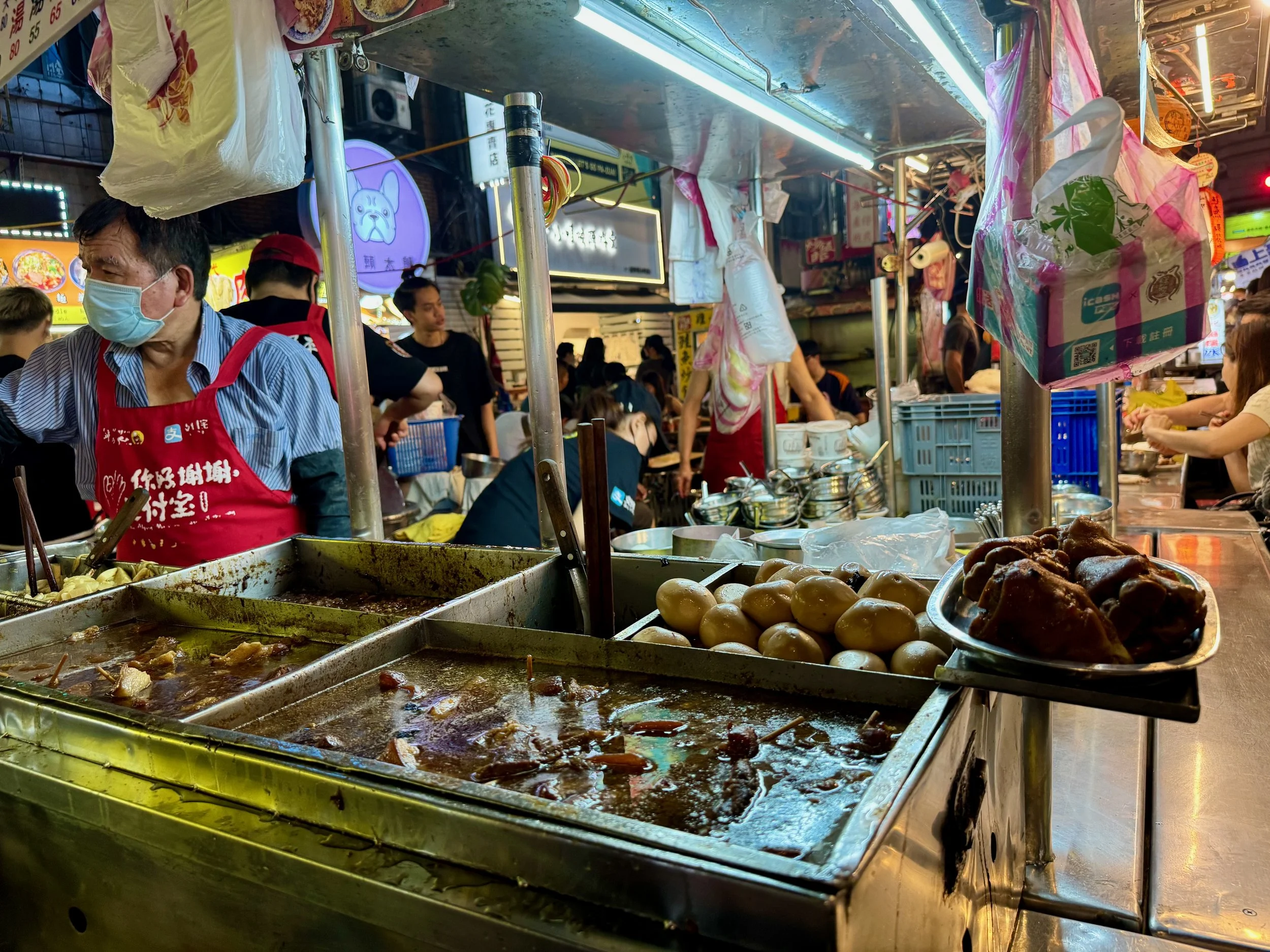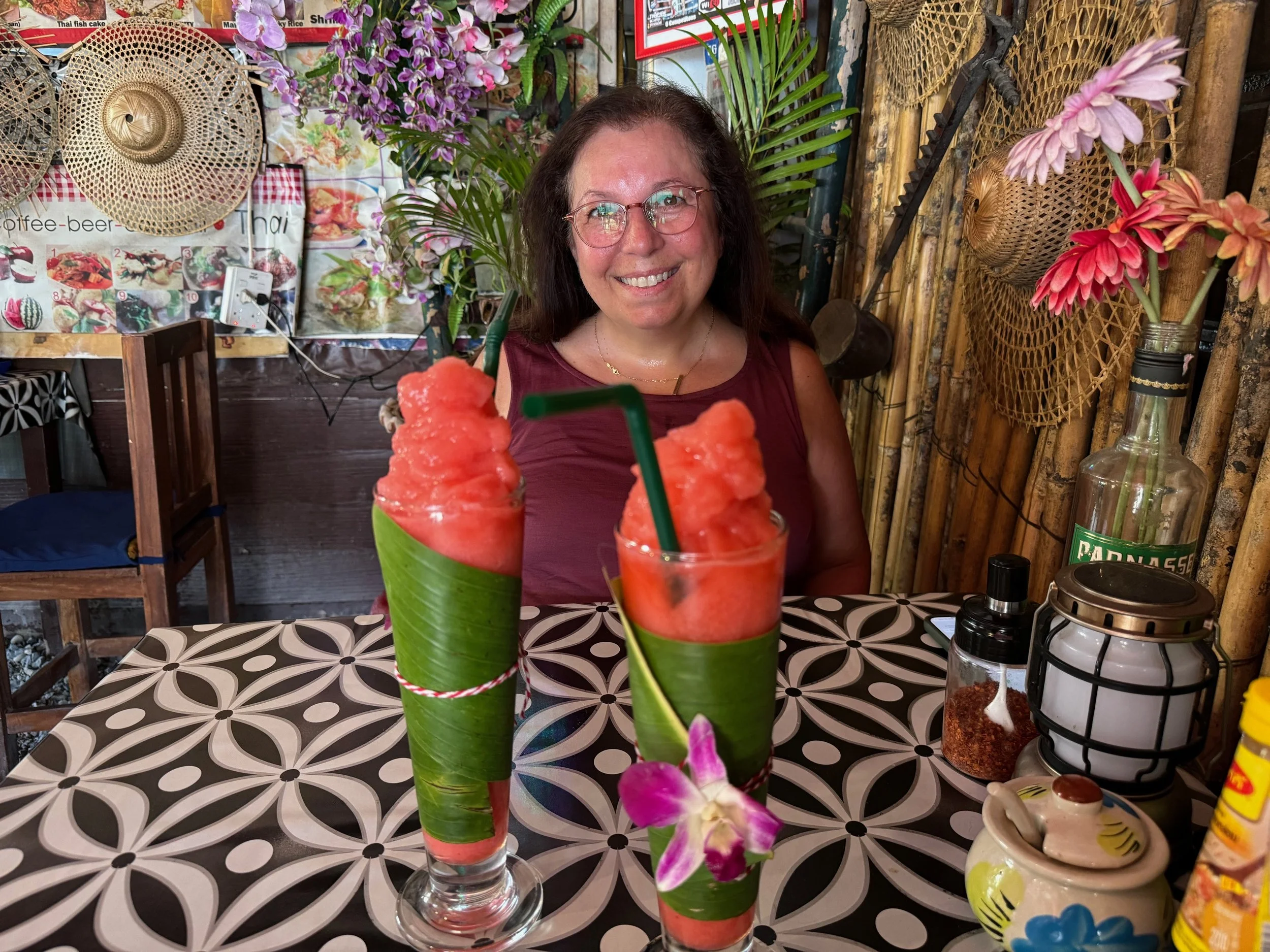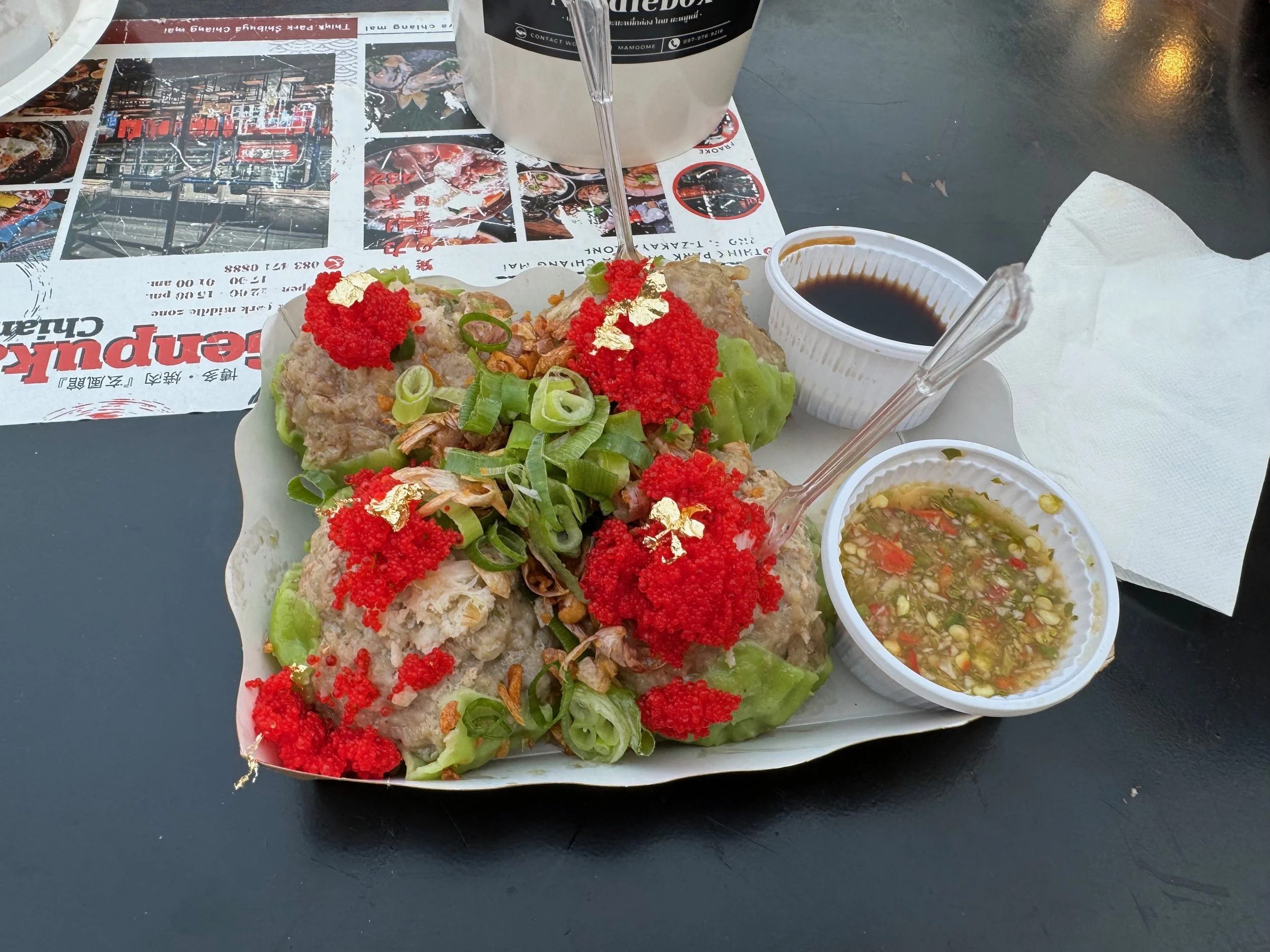Eating Street Food Abroad Without Fear
Before we even arrived in Southeast Asia, we imagined all the delicious sights and smells of street food and wondered what items we’d want to try. But our very next thought was. “What if we get sick?” If you’ve wondered the same thing, you are not aloner!
How Risky Is Street Food in Asia?
A lot of our anxiety comes from perception, not reality. Most stomach issues don’t come from contamination. It’s more likely your stomach is adjusting to new ingredients your system isn’t used to yet. Things like different oils, unfamiliar spices, eating more fruit than you normally consume, and even dehydration can also contribute to an upset stomach. Locals don’t get sick because their systems are already familiar with the bacteria in their water and ingredients.
Set Yourself Up for Success
Fruit smoothies are the perfect relief from summer heat!
I was particularly concerned that fruit that didn’t have a peel and raw salad and herbs could be problematic. While many restaurants and hotels that serve food use filtered water, not all of them do. It’s not that the water is contaminated, but it likely contains bacteria that your stomach isn’t used to. That’s why you’re told to avoid drinking the water.
While it sounds easy enough to skip salads and fruit like strawberries, skipping these ingredients in Asia took a lot of pleasure away from our time there. We discovered that if we waited a few days to give our bodies time to adjust to a small amount of tap water (through brushing our teeth and eating fresh herbs in pho and other tasty dishes), we could more easily process those items. Yes, it’s a good idea to stick to cooked foods for the first 48 hours while your body is adjusting. But by a week into our travels, we craved the refreshing fruit smoothies that made the heat just a bit more bearable. Just be careful that you aren’t eating a ton of fruit, including ones with peels, because too much fruit in general can give you problems, even at home! And while you generally have nothing to worry about if you follow the guidance in this article, before a busy day of sightseeing, it’s a good idea to choose cooked food so you aren’t constantly looking for restrooms because you ate something that disagreed with you. It’s important to also keep yourself well hydrated with bottled or filtered water. You can drink sports drinks to stay hydrated, too.
It’s also a good idea for you to bring some hand sanitizer. Remember when your mother told you to wash your hands before dinner? If you’ve been touching escalator rails, door handles, dirty tables, this is one small but mighty additional layer of protection.
What About Ice?
Most places will have bagged ice that’s made from filtered water. Bagged ice is clear, all has a uniform shape, and has a divot in each piece. So you can still have your fruit smoothies in most places.
How Should I Deal with Traveler’s Diarrhea?
Despite all your best efforts, it’s possible to still have issues. While we didn’t carry oral rehydration salts, we know people who do. You can get them from pharmacies. The other easy at-home method is to dissolve into one liter of bottled water (or tap water that has been boiled) half a level teaspoon of salt and six level teaspoons of sugar. Staying hydrated should be your number one priority.
While your first thought might be to carry or buy Imodium, that’s not going to be a great solution. Traveler’s diarrhea is likely caused by foreign bacteria, and Imodium can can slow down your body's natural defense of expelling the organism, potentially leading to more severe illness. Imodium can be helpful in certain moments, but it’s usually better to let your system do its job unless you absolutely need it for travel. Remember to stay hydrated and seek medical advice if symptoms are severe or don't improve.
“Better to choose food that is HOT, FRESH, and QUICK versus OLD, COLD, and QUIET” —Kevin
Why Street Food Can Actually Be Safer Than Restaurants
High heat kills bacteria. Stir-fries, noodles, grilled meats, soups, etc. all are cooked at extremely high temperatures right in front of you. That’s one of the safest ways to eat anywhere in the world.
Busy stalls means fast turnover. And if locals are lining up, even better. Locals tend to know best about where to get the best food, and if they’re lining up, that’s a great sign for you, too. You’ll have the most confidence when you go to stalls during primary meal hours. That’s when the food is most likely to be hot and fresh. Ideally, the food you order is cooked after you’ve ordered it and that’s what’s served to you immediately afterwards. Avoid the slow stalls because those ingredients aren’t being replenished as often.
This street food stall in Taipei’s night market served black pepper sausage buns fresh from the oven. Lines were long and food was not sitting out.
Signs of a Good Food Stall
These dumplings were the prettiest street food we’d eaten in Chiang Mai!
Someone is in charge of the food and someone else in charge of the money. For as much as most of us love money, it carries a lot of germs. Better to choose stalls where one person is solely responsible for the money handling.
Ingredients look fresh. If the ingredients look limp or old or discolored, that’s a great sign to keep walking.
Clean hands and utensils. While this one might sound obvious, sometimes when you’re in a new place and they’re preparing new foods, you might not be paying attention to cleanliness. But if your first glance at hygiene, you don’t want to think about what else might not be clean or sanitary. Skip it.
Places to Avoid
If food has been sitting out or looks like it’s been cooked hours ago, it’s best to skip that stall. When you see obvious red flags like raw meat in the sun, anything that looks like it was cooked hours ago, places with no customers during mealtimes, or stalls with food sitting out, remember that your instincts work overseas too. If something feels off, it’s okay to walk away.
The Real Lesson We Learned
Street food isn’t the villain. In many ways it’s often the heart of a place and where culture, family traditions, and everyday life all blend together.
What matters most isn’t avoiding risk. It’s learning how to navigate it with confidence. And once you understand the basics, you’ll have more confidence to explore freely, taste boldly, and trust that you’ll be okay. And remember, most stomach issues, if they happen at all, are mild, usually temporary, and part of adjusting to new and amazing foods.




